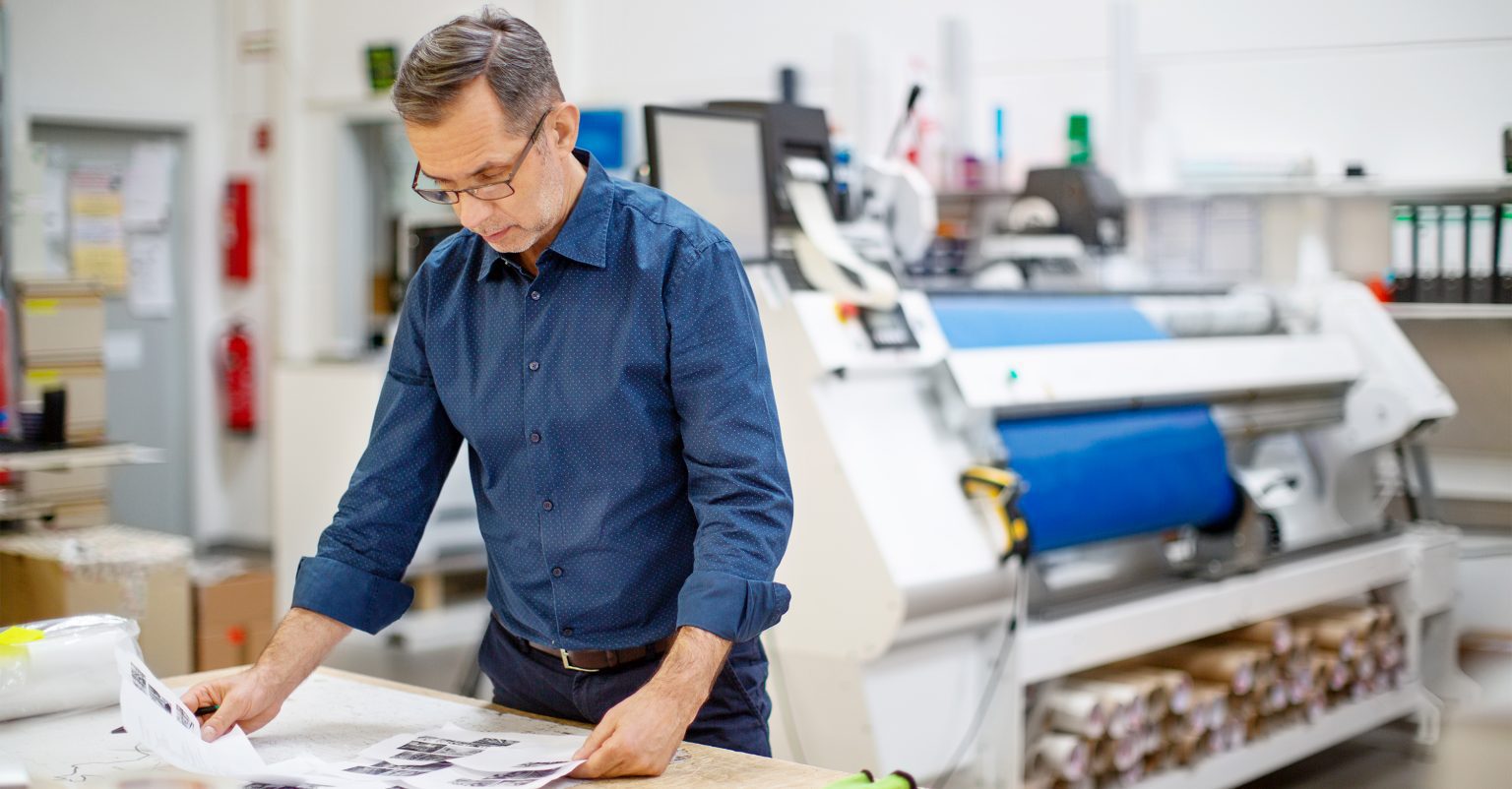With EOFY on the horizon, now is a good time to read up on information to help you understand what the instant asset write-off and temporary full expensing schemes might mean for your business.
At a glance
Here’s a snapshot of the advice from our interviewee:
- For instant asset write-off, assets must be installed ready for use by 30 June 2021.
- For temporary full expensing, assets must be purchased between 6 October 2020 and 30 June 2022, and installed ready for use by 30 June 2022.
- It is never good business sense to buy assets for the sole purpose of obtaining a tax benefit. Make sure the asset has a business purpose.
- You may be able to claim second-hand assets if your turnover is less than $50 million.
The temporary full expensing scheme is an expansion of the instant asset-write-off benefit introduced by the Federal Government as a boost to post-pandemic business recovery. Here’s information to help you understand as EOFY and its associated flurry of bargains and deals approaches.
Instant asset write-off recap
“The good news is if your business turnover is less than $500 million and you acquired assets by 31 December 2020, with a value of up to $150,000 you will get an instant asset write-off,” says Jacquii Reeves, head of tax at businessDEPOT. “The key to this measure is ensuring the assets are installed ready for use by 30 June 2021.”
So if the hardware and equipment you bought late last year to support your move into a new office is gathering dust in a storeroom, it’s time to fire it up.
Which is what Aodhan MacCathmhaoil, at waste management service Waster.com.au is doing.
“After a year of working from home, we moved back into an office last month. This resulted in significant capital expenditure costs on office furniture, desktop computers, and fixtures and fittings,” says Aodhan.
“The tax write-off will help greatly. It will enable all the capital expenditure to be written off for tax this financial year. This provides a significant saving for our business – and is really vital given the additional costs during COVID.”
While a business wouldn’t see the tax reduction benefit of that spending until corporation tax or an instalment of corporation tax came to be payable, as Aodhan says, “it‘s given us that bit more confidence in our decision and investing for the future – after an awful year!”
Temporary full expensing recap
Businesses with less than $5 billion turnover are eligible for temporary full expensing on assets purchased between 6 October 2020 and 30 June 2022.
“There’s currently no cap on the value of the asset and there’s full write-off on pretty much all eligible new assets. This excludes capital works (such as building improvements), assets not located or used in Australia, or pre-existing commitments,” explains Jacquii.
“If your business turnover is less than $50 million, there is the added advantage that the temporary full expensing is available for eligible second-hand assets and may apply to certain pre-existing commitments.”
So should my business do some EOFY spending?
It’s a good idea to base this decision on your business’s financial position and the impact spending could have – positively or negatively.
“It is never good business sense to buy assets for the sole purpose of obtaining a tax benefit,” says Jacquii. “However, if you had plans to expand your business or if you had already planned to buy assets, it is recommended you take advantage of this concessional treatment. To do this you would need to purchase eligible assets in the relevant periods and ensure they are installed ready for use by 30 June 2022.”
If your company is in tax losses or if you’re an entity joining a tax consolidated group – a start-up looking to get bought out by a bigger player, for example – Jacquii warns there could be adverse tax implications associated with temporary full expensing and it’s worth getting tailored advice from a tax expert.
Jacquii’s tips for maximising your business tax deduction under the schemes are:
- Make sure the asset is installed, ready for use by 30 June 2021 for the instant asset write-off.
- Make sure the asset is purchased during the relevant dates and installed, ready for use by 30 June 2022 for temporary full expensing of assets.
- Make sure the asset has a business purpose (don’t rush out to buy a brand-new luxury car if it doesn’t make business sense).
- Remember, it must be new assets unless your turnover is less than $50 million.
For more information on eligible businesses, assets and inclusions, go to the Australian Taxation Office website.
Need flexible access to funds that could help your business grow? Speak with one of our small business lending specialists.








